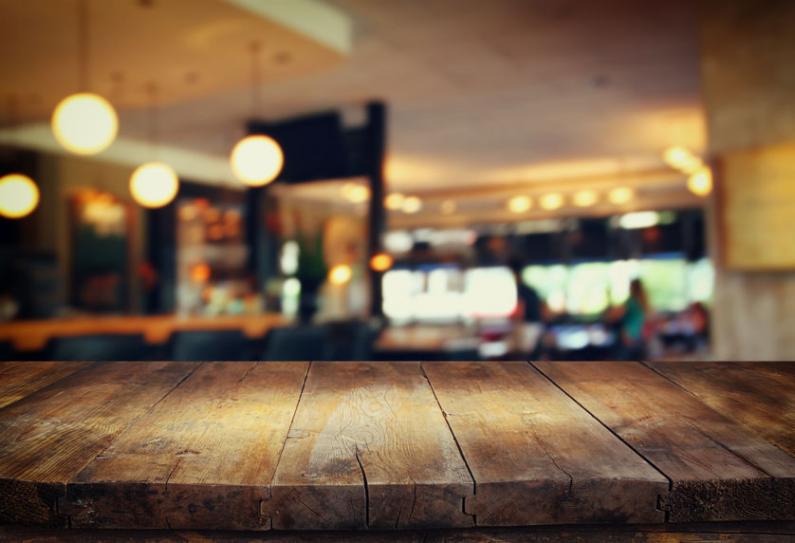
Before you can begin to design a space - or any of its elements - you need to be very clear on what the purpose of the space is. Often the area you are designing can also have multiple uses or several different focal points, depending on its function. Once you understand the space and what you want do with it, you can start to make a plan. A clear brief will really help bring all aspects of the design together and avoid any costly mistakes.
If we take restaurant design as an example, we would need to plan its design based on a number of criteria. It would be a wise idea to draw the room and any fixed aspects as a starting point. Include doorways, windows, counters and furniture.
Next, detail the various focal points - you might like to include the bar area, especially highlighting the drinks available. Tables and seating areas need some form of lighting. Other considerations would be entrances and exits to the cloakrooms. You may not want to specifically highlight the toilet doors of course but you'll need to make some provision for making sure signs are visible. Entrances and exits need to be well-lit for safety reasons. Also consider your room from the outside. Is the shop window inviting, does it show your product off well? Would you want to enter the building based on your first impression?
Flexibility of lighting is vital. Having lighting systems that flex as you work are ideal. Bear this in mind as you consider the ambience - especially at different times of day. Typically a restaurant lighting would tend to get darker towards the evening and you may favour a brighter atmosphere at lunchtime. Being able to adjust the brightness of your lights is key. But how about if you can change the reach of light? Depending on the light fitting, you might want to create a sharper focus on different parts of the restaurant at different times - this is possible with the right know-how.
Once you have all of these fixed issues covered you can start to think about colours, upholstery and flooring. Remember that shiny surfaces bounce the light off them, creating more light, whereas darker, matt colours absorb light and create a more intimate atmosphere.
You can apply this framework to any type of room design. We can help with the logistics of electrics, fittings and bulbs of course. It's always better to bring in the professionals as early as possible on a redesign as any restrictions or limitations can be flagged up in the planning stages. Talk to us, as we work in commercial environments of all kinds and have many years of knowledge. We will also future-proof your designs so they work with the technologies that are just around the corner, meaning you won't face an expensive upgrade anytime soon!
